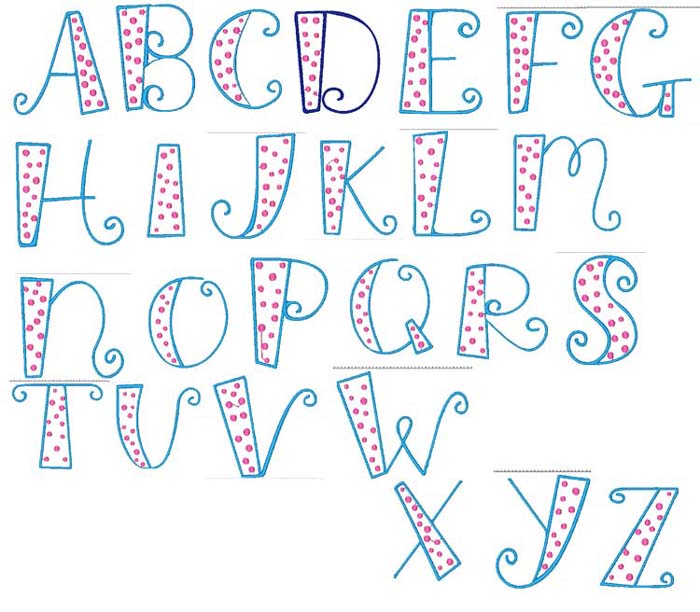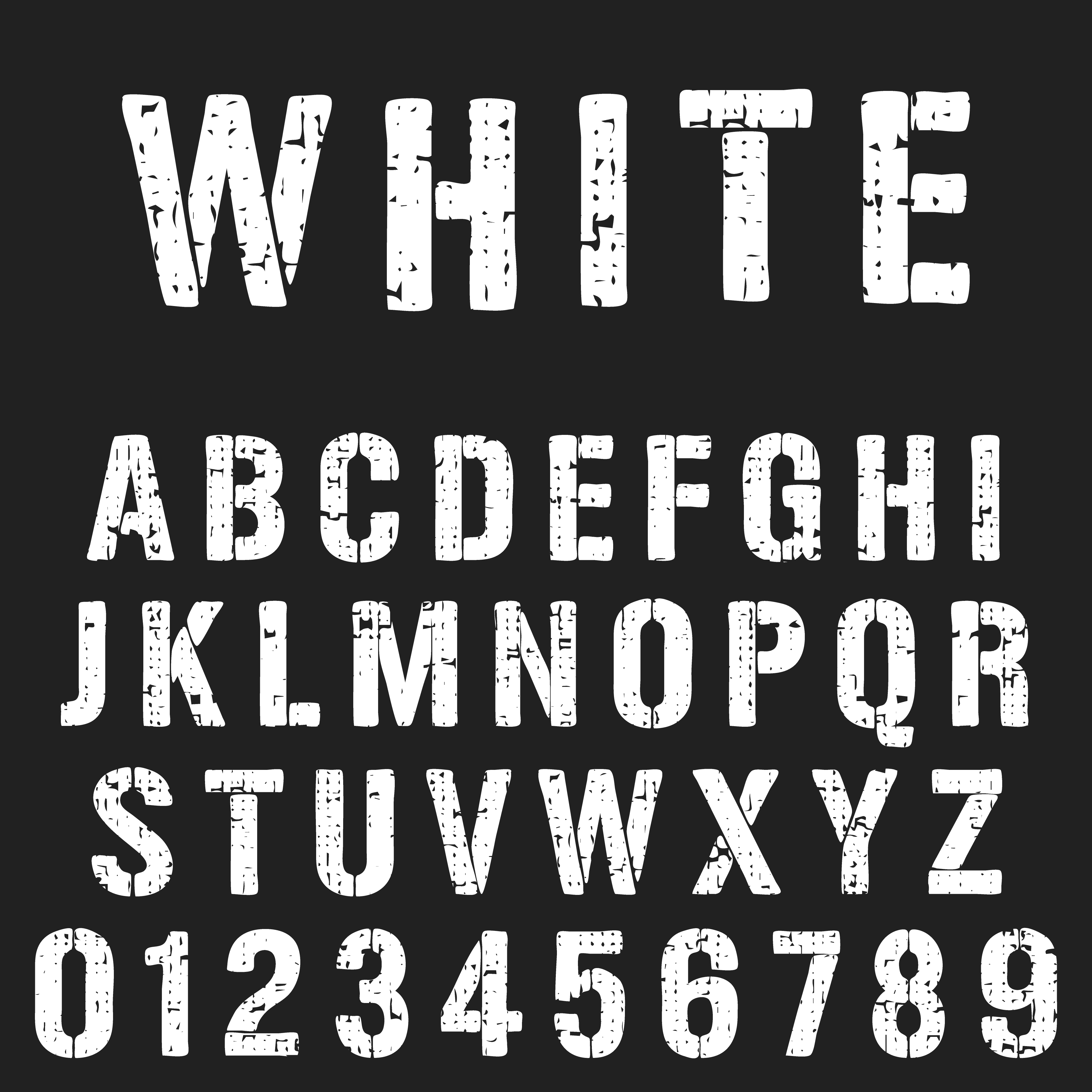


Make sure to use font size that can be easily read even when small.Choosing a compatible font is very important to make sure all subscribers can read the email. Email clients can display the basic web safe fonts correctly, while the other typefaces will show up in some but won’t appear in others.When choosing fonts, consider the following: In the example below, Courier uses 16 px font size in their newsletter to make sure it is easy to read at desktop and mobile alike:įont selection plays a critical role in how the newsletter is perceived and as a result in the success of the marketing campaign. Ideally, choose a font that is clear even at 11 px, ensure the font-weight is decent and try to get a 1.15 line spacing. Use them for bold Facebook posts, in Messenger, in meta descriptions and everywhere you. Click the one you like the most to copy it to your clipboard.

Enter your text in the input field above or click the random text button and see your phrase converted instantly to more than 60 unicode font styles. So you may want to use the minimum font size of at least 16 px to make sure it is easy to read on any device. Unicode Font Style Converter - TextEditor. Decorative fonts might not be legible at this size and the readers might decide to just abandon the newsletter altogether. In addition, the subscribers will open the email on a variety of devices with different screen sizes and email clients. Why is this important? Often, the email font size can be 11-12 px, which is quite small on the desktop and hard to read on mobile. In general, sans serif fonts are more suited for the web because they are easier to read even when they are small size. The type of font and its size are important factors that impact its readability. Select fonts that are easy to read and are clearly legible at small size


 0 kommentar(er)
0 kommentar(er)
